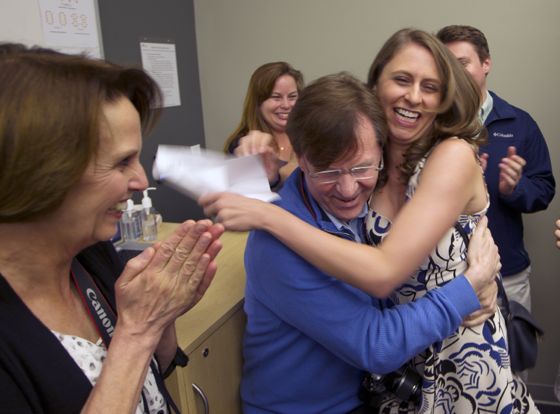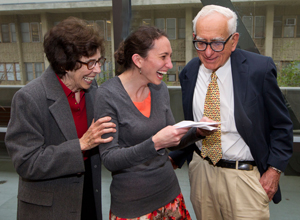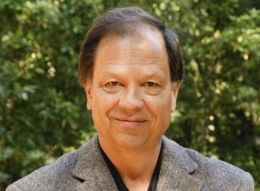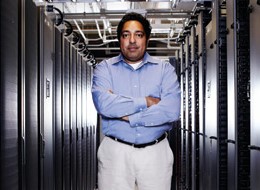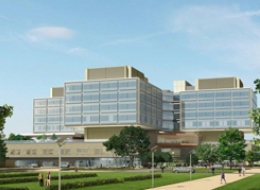I’m not sure why my parents were surprised when I told them that I was applying to go into family medicine. It seemed like a logical transition after spending six years working in public health and primary care before medical school, but from the perspective of Taiwanese immigrant parents, I couldn’t have made a more absurd career choice. I was confronted with comments such as, “Most people choose careers to make money - why aren’t you?” Even more jolting was when they asked, “Why are you throwing away years of hard work and accomplishments?” I was flabbergasted by the line of questioning, but they’re my parents, so I had to answer the fundamental question - why family medicine?
For me, the answer is simple: I went into medicine to improve the health of my community and our society, and when I think about the most pressing health issues facing our nation, it’s preventable lifestyle disease. According to the Centers for Disease Control and Prevention, more than 75 percent of our health-care costs and 7/10 of deaths stem from chronic diseases that are largely preventable.
The potential for primary care to fix our society’s biggest health-care problem and to have a real impact on overall population health is why I’m choosing to go into this field
As a medical profession, we’ve largely been unsuccessful at getting people to engage in healthy behaviors. Luckily that’s where family medicine doctors are uniquely positioned to succeed. For one, the family physician has the breadth of training to serve everyone in a community, and in doing so, can influence community behavior as a whole. This approach is vitally important since lifestyle choices are never made in the clinic; they’re made in communities based on social norms set by families and peers.
Second, as I’ve learned through my own journey of overcoming obesity by losing 40 pounds in the past year, so much of one’s ability to implement healthy lifestyles hinges on one’s sense of self-efficacy. Again, that’s where the family physician comes in. A family physician has the benefit of deep interpersonal relationships developed through continuity of care to more effectively cheerlead and coach a patient to success. If executed correctly, family medicine has the potential to succeed in promoting healthy lifestyles, improving community health, and actually preventing disease in ways we haven’t been able to before.
The potential for primary care to fix our society’s biggest health-care problem and to have a real impact on overall population health is why I’m choosing to go into this field. Increasingly, policy makers are turning towards primary care to fix a health-care system that’s becoming more expensive than we as a society can afford. As that happens, I want to be at the front lines leading the charge and developing impactful solutions.
When I told my parents this, their response was, “There are already a lot of smart people who trying to fix this problem and unable to find an answer - so what makes you think you can?” In essence, they don’t think I’m smart enough for family medicine. The problem that primary care has been charged to solve is so big that my parents don’t think I can do it.
Maybe my parents are right, but that won’t stop me from trying. Ignoring the issue doesn’t make it any less urgent. To communicate this to my parents, I responded with a Chinese proverb they taught me long ago, “Plugging up your ears so you don’t hear the fire alarm doesn’t mean there isn’t a fire.”
Raymond Tsai is a fourth-year Stanford medical student who is going into family medicine. (He finds out tomorrow, on Match Day, where he will be doing his residency next year.) He chronicles his journey to adopt a healthy lifestyle on his personal blog.
Photo in featured entry box by jasleen_kaur

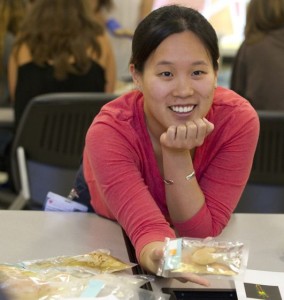

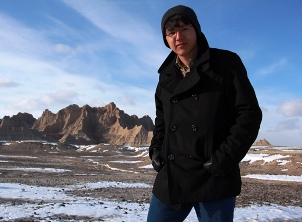
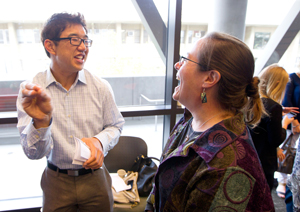 One day after medical student Raymond Tsai penned for Scope a popular and widely shared
One day after medical student Raymond Tsai penned for Scope a popular and widely shared 